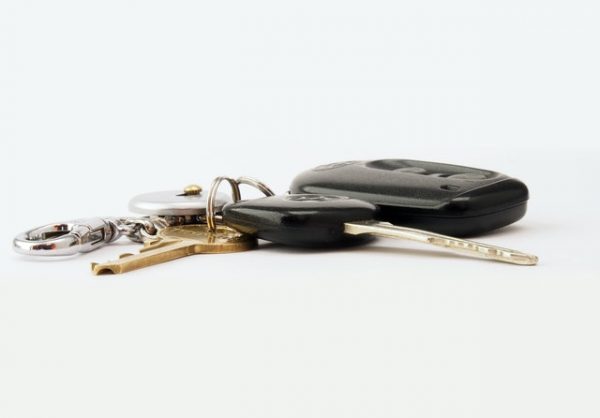It would be foolish to turn off your engine at 60 miles per hour driving down the highway. But what if you accidentally press the start/stop button? Turn off the car while driving: what happens?
Turning off the engine while the car is running will cut the power. You will lose power steering and virtually all other controls on your vehicle. As you lose control of your car, you can get into an accident and hurt yourself, other drivers, and pedestrians.
Yes, you can turn off the engine while driving, but you should only do so in emergencies and exceptional cases. If you turn off the engine, your car will stop. However, the car would roll downhill if it were on an incline. So you should shift gears to Park if you still can.
Read on to find out more about what can happen if you turn off your engine while driving and why you shouldn’t.
Turn off the car while driving: what happens?
If you turn off the engine while driving, your power will be cut off. You will also lose power steering and everything that allows you to be in control of your car. If you lose control, you will surely have an accident and injure yourself, other drivers, and pedestrians on the sidewalk.
You can turn off the engine while driving, but you should only do so in exceptional situations, such as emergencies. The engine will surely stop. However, your car will roll downhill if you are going uphill or downhill. To control your sway, you should shift your gears to PARK if you can.
Fortunately, most modern cars have safety features that prevent drivers from turning off the engine while driving. Even then, don’t try to do it because of the unintended consequences.
Driving is risky. That’s why you need to exercise caution when behind the wheel. Adding more danger to the mix is not a smart move. If you are in an accident, your insurance risks will increase dramatically.
What Happens When You Turn Off New And Old Cars While Driving
Modern cars have an on/off button, which allows you to turn the ignition on or off without using a physical car key. By contrast, older cars require drivers to insert their keys into the ignition to turn the engine on and off.
Cars made between the 1950s and 1960s have simple techniques to remove the car key without affecting the movement of the vehicle. This was possible because older cars have fewer features compared to modern cars.
Most modern automobiles have complex systems that make it impossible for drivers to turn off the engine while the vehicle is in motion.
With many cars today, you can’t start them using the physical keys you insert into the ignition. Today, there is simply no keyhole in most modern vehicles. Battery-powered key fobs are already replacing physical keys.
These modern key fobs work with the Radio Frequency Identification (RFID) system. The vehicle’s computer indicates that the key is nearby and that the car will be started or stopped by pressing the start/stop button.
Most modern cars with key fobs won’t stop the engine even if you throw the key fob out of the window. These cars are built with safety features that allow them to function even without their key fobs.
If your car is running and you walk away, taking your key fob with you, it will still run. The engine will not disengage because the car’s computer will consider it as a key fob malfunction.
Accidentally pressing the start/stop button on the key fob will usually not be a problem. Most modern vehicles will not allow you to control the engine if you drive faster than the set speed.




